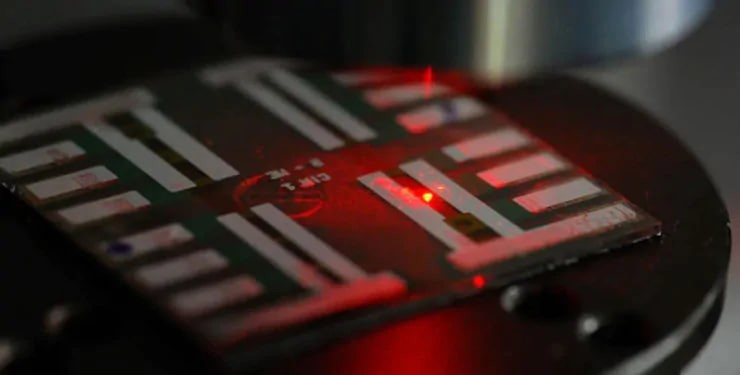News
Japan `Destroys` Solar Panels, Introduces New Invention That Will Last 30 Years
Canon has proposed a protective coating for perovskite solar cells that will compete with silicon solar cells.Japan is focusing its efforts on the production of perovskite panels, and Canon has a technology that can double their service life. Ecoticias reported on how it works.
Canon's new material is a semiconductor and protects the perovskite layer. The Japanese company promises to double the service life of next-generation solar panels to compete with China. The material will be used to protect damaged layers when exposed to moisture and heat, thereby extending the service life of perovskite cells by 20-30 years.
The thickness of the protective layer will be from 100 to 200 nanometers. Despite such a meager indicator, the material will reduce the cost of maintaining solar batteries, which will lead to lower costs and increased safety when using perovskite panels. This does not affect the efficiency of the solar cells, since Canon guarantees that its new material has semiconductor properties.
Canon plans to provide samples of its protective coating to perovskite panel factories this year. They plan to mass-produce them in 2025.
The capacity of perovskite solar cells is expected to reach 38.3 GW by 2024, and 84.2 GW by 2050, which will exceed the current capacity of conventional solar panels of 70 GW.
We previously reported that the new solar cell produces 1,000 times more energy. The new type of solar panel has 500 layers of barium titanate, strontium titanate and calcium titanate and is 200 nanometers thick.
We also wrote that scientists know how to generate solar energy enough for half the world. If 52.3 billion solar panels were installed along all the world's highways, it would be possible to cover 60% of the world's annual electricity consumption.


